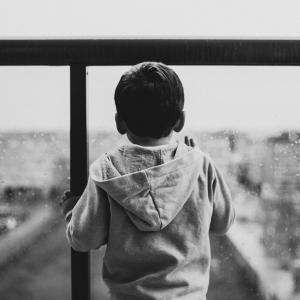Children With Social Anxiety May Not Be Aware Of Other People's Emotions
While one might assume that children with extreme social anxiety are hyper-aware of other people's emotions, it turns out that the opposite is true. A new study has found that socially anxious children misread facial expressions in other people, confusing angry faces with sad faces.
Psychologist Steve Nowicki, from Emory University, has spent decades studying non-verbal communication's impact on child development and developed the tests that were used in this study. "If you misread facial expressions, you're in social trouble, no matter what other social skills you have," explains Nowicki. He points out that socially anxious children often want to connect with other people and offer help when they're sad, but their inability to distinguish between angry and sad faces can make interaction much more difficult. "They want to help because they're good kids," Nowicki says. "I've seen these kids trying to make a friend, and keep trying, but they keep getting rebuffed and are never aware of the reason why."
Nowicki believes that non-verbal communication is a skill that can be taught, a viewpoint supported by several studies on children with behavioral disorders. Once errors in non-verbal communication are identified, such as misinterpretation of facial expressions, they can be addressed and corrected. Hopefully, studies such as this one will continue to provide insight into anxiety in children, leading to practical tools that will help children with extreme social anxiety function more comfortable around other people.
Photo: Px Here








